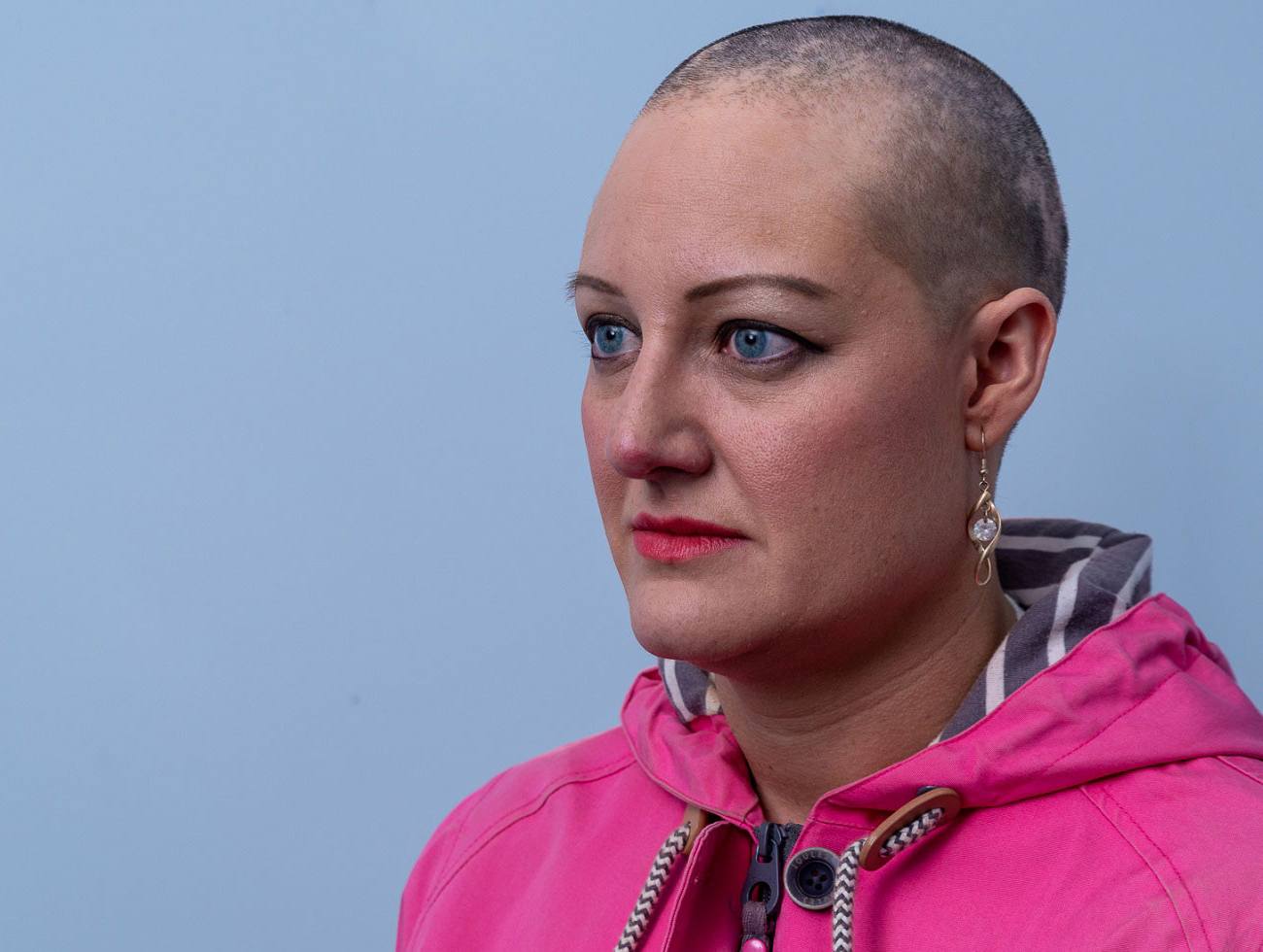How to manage anxiety
Explore what anxiety is, how it can be connected to your appearance and what you can do to control and manage feelings of worry.
Everyday situations can cause anxiety if you have a visible difference, but practising these relaxation techniques could make a big difference.
If your body is frequently on “high alert” or you feel anxious in certain situations because of your visible difference, you can use relaxation techniques to help you control the symptoms.
Everyday situations can cause anxiety if you live with a visible difference – and this can make day-to-day life hard. Learning how to relax will help you gain control of your feelings and lessen those unpleasant, distracting sensations.
On this page, we introduce some relaxation techniques for anxiety which you can practise on your own, and share a series of audio relaxations especially recorded for Changing Faces.
If you live with a visible difference, you may find yourself on edge a lot of the time – often because of anxiety about the judgements or scrutiny of others around you.
Relaxation helps tackle the physical symptoms of anxiety by slowing your heart rate, calming your breathing and lowering your blood pressure. It also helps relieve your mind of stress and worry, diverting you away from your anxieties by focusing your mind on something else for a while.
Relaxation can help you sleep better and improve your overall wellbeing.
Relaxation is a skill – and like any other skill it takes practice. It might feel unnatural at first and you may feel a bit unsure or silly but stick with it and see if you notice any changes.
You can use relaxation techniques whenever you feel nervous or on edge. However, it can also help to build relaxation into your daily life to improve your general wellbeing and manage anxiety before it takes over. Over time, your body and mind will get more used to being relaxed – and less used to being anxious.
To choose the right relaxation techniques, start by identifying what helps you relax. This will be individual to you, so as you go about your day, take notice of what you find relaxing. For example, some people find that reading, watching TV or taking a bath helps them relax.
Physical exercise is another way to relax. Exercise puts the adrenaline in your body to good use! It also tends to focus your mind on the task in hand, diverting you away from your worries. Some people find yoga helpful for both body and mind. Others prefer more aerobic sports, such as dancing or running.
There are many types of relaxation techniques for anxiety to try on for size. Here are some well-known examples:
If you live with a visible difference, you may experience discomfort, restriction or pain in parts of your body. You might wish to avoid relaxation techniques which focus on these parts of the body, or you could adapt the exercise so that it does not cause problems. If you’re worried, always seek advice from your doctor before starting a new exercise.
Here are some ways you can adapt relaxation techniques:

If your anxiety is making life hard, find out how our services could help. They're confidential and free - call or email us for more information.
Get in touchHere are two different techniques for you to try out if you are feeling stressed or nervous because of your visible difference – or any other reason:
You can do this breathing exercise standing, sitting or lying down.
Tip: If you struggle with five seconds, reduce down to a count of three.
Progressive muscle relaxation (PMR) involves tensing and relaxing muscles in different parts of your body in a sequence.
Follow these steps to complete the exercise, using the second list for the sequence of muscles:
Follow this order:
Finish by breathing in your natural rhythm for a couple of minutes.
We have put together a set of relaxation and mindful breathing techniques to help you manage any appearance-related worries or anxieties. These sessions were recorded especially for Changing Faces by Julie, a trained clinical hypnotherapist. She has a diploma in child mindfulness and is a member of the British Society of Clinical and Academic Hypnosis. The audios were developed with a particular focus on teenagers and young adults but include helpful techniques for people of all ages.
In this first, 10-minute session, Julie begins the series by introducing some simple breathing and muscle relaxation techniques.
Aimed at: Age 10 upwards (including adults)
A 15-minute session to help you switch off and reset positive thoughts.
Aimed at: Age 16 upwards (including adults)
An 18-minute session to help you relax your muscles and find a safe, calm space where you can switch off.
Aimed at: Age 10 upwards (including adults)
You can find many relaxation techniques for anxiety online, on YouTube, in mobile apps (such as Headspace or Calm) and in the shops. You may not have much experience of these – but try different techniques a few times and find out what works best for you.
Explore what anxiety is, how it can be connected to your appearance and what you can do to control and manage feelings of worry.
Self-care planning helps us look after ourselves. Explore the benefits of creating a personalised plan and learn how you can put one together.
An online self-guided tool to help adults with a visible difference learn new skills and gain more confidence in their appearance. (External site)